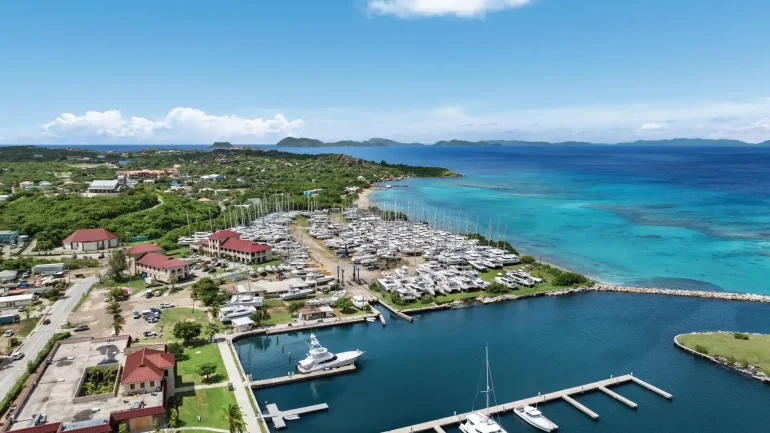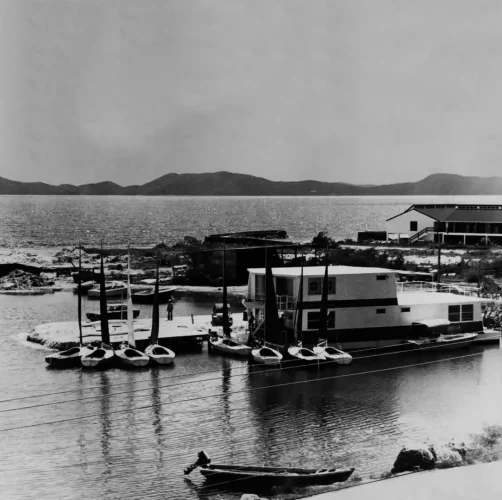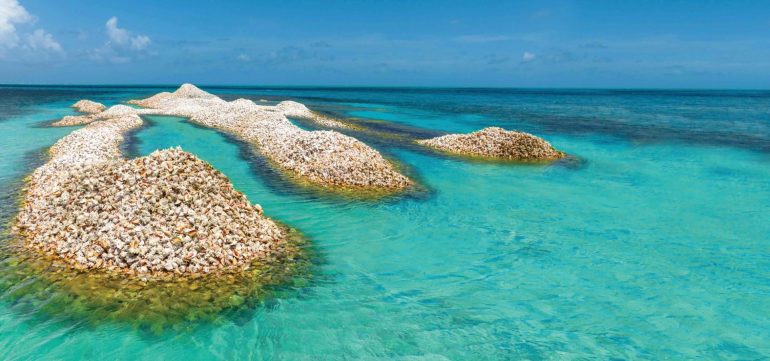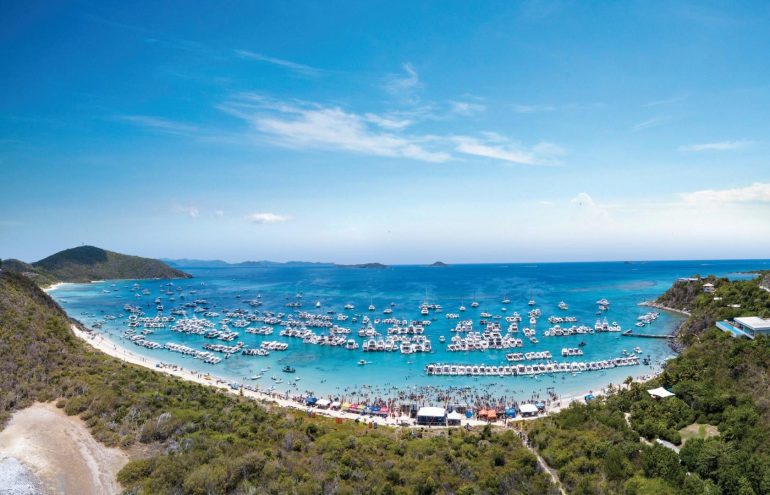How Construction Costs Affect Property Values
What has become clear is that there is a great variance across the region in terms of construction costs and subsequent rental and sales values. A pattern emerges generally in that the higher a country’s GDP per head, the higher the construction cost, and in turn the higher the rental or sales value upon completion.
Of all the types of construction, office buildings show the greatest variance in terms of cost per square foot, although high quality residential also varies greatly region to region. Whilst labour and materials cost are a major factor, this may also be dependent on levels of finishes, millwork and so on chosen by the individual client.
Our findings demonstrate individual vagaries regarding specific building materials. For example, sand is in the BVI, while paint is costly in the Turks and Caicos Islands. Such items would suggest that the suppliers of these items have little business competition so do not have to be competitive in a market which would otherwise demand commercially priced materials. Raw materials such as aggregate and sand are a lot cheaper as a percentage in Jamaica against other building materials which points to the fact that these raw materials can be produced on island, whilst other materials need to be imported. In Trinidad, the same is true of similar products, as well as steel. Those smaller islands which manufacture little or no raw or finishing building materials need to import all their goods, which in turn attracts greater costs in the form of shipping, brokerage and duty. Luxury items (some finishes, specialist millwork, appliances) are taxed heavily in most jurisdictions, the cost against which filters directly through to the consumers of the construction market.
Labour costs demonstrate a significant variance, country to country. For example, a labourer in BVI can expect to earn six times as much as a labourer in Jamaica, whilst a plumber in Barbados earns half that of a plumber in Cayman. Equipment costs are generally more in line on a country by country basis than other construction elements.
In countries such as the Turks and Caicos Islands or the Bahamas, construction costs can vary island to island, with more remote islands attracting higher costs due to transportation of labour, plant and material, accommodation for labour etc. Even where the country consists of a sole island, such as St. Lucia, costs can vary depending on geographic location, accessibility of the site and proximity to ports.
Natural disasters such as hurricanes or earthquakes can have an immediate effect on construction prices, even if the disaster did not occur in that particular jurisdiction, such as during the highly active hurricane season of 2005 where building materials such as plywood and roof finishing materials increased in price and therefore directly affected neighbouring countries relying on the same supply chain. World economics also plays a leading role, for example the price of oil falling from US$150 per barrel to US$50 per barrel in a matter of months over the last two quarters of 2008.
2009 saw an overall reduction is construction costs, partly due to reduced commodity prices. Another main factor was due to the competition for work which forced contractors to take a more commercial approach in their pricing of bid documents. Reduced profit allowances and minimised Labour Day rates made a contractor more likely to win work and therefore better positioned to keep a positive cash flow.
Located in the Bahamas, Barbados, the British Virgin Islands, the Cayman Islands, St Lucia and Turks and Caicos, BCQS International provides the Caribbean construction industry with cost and value expertise, having been a part of the property industry for over forty years.





